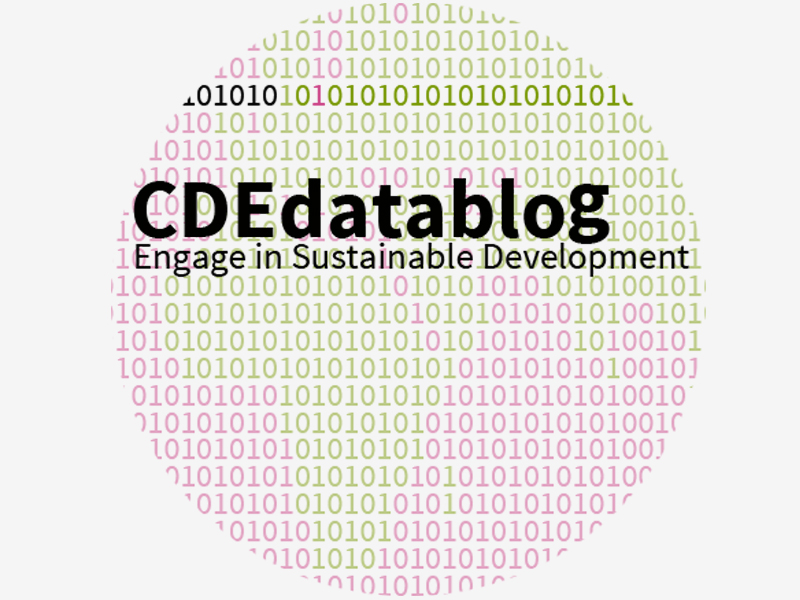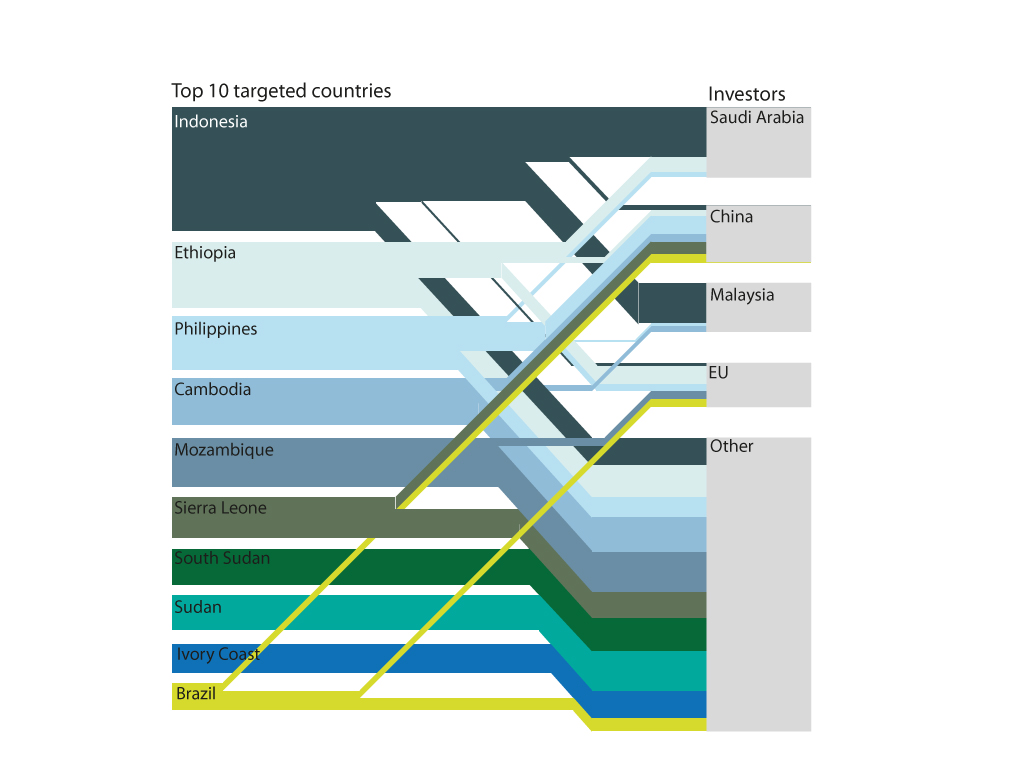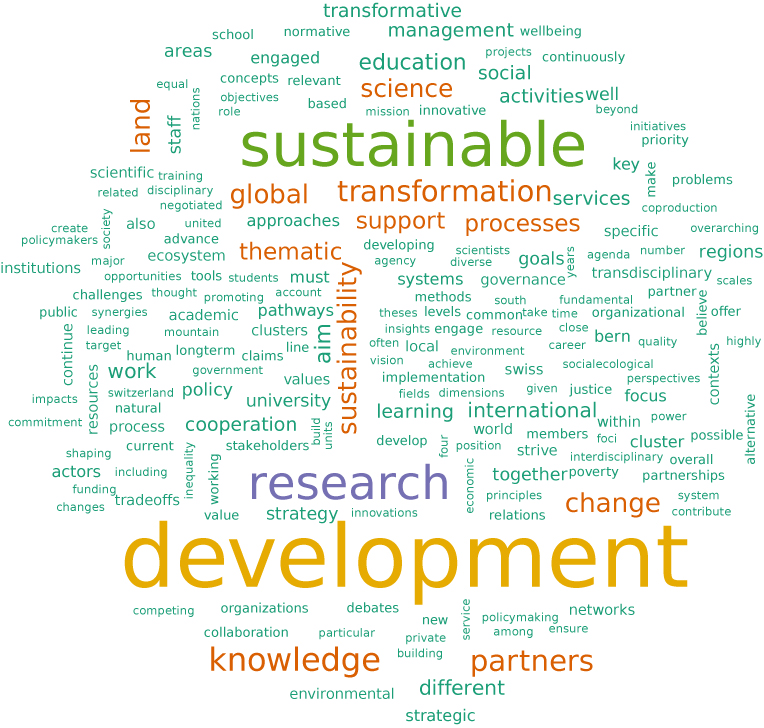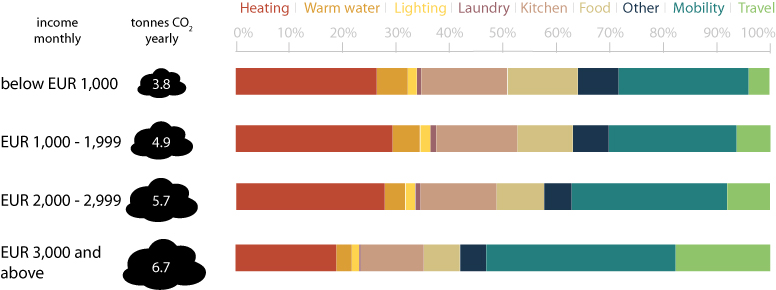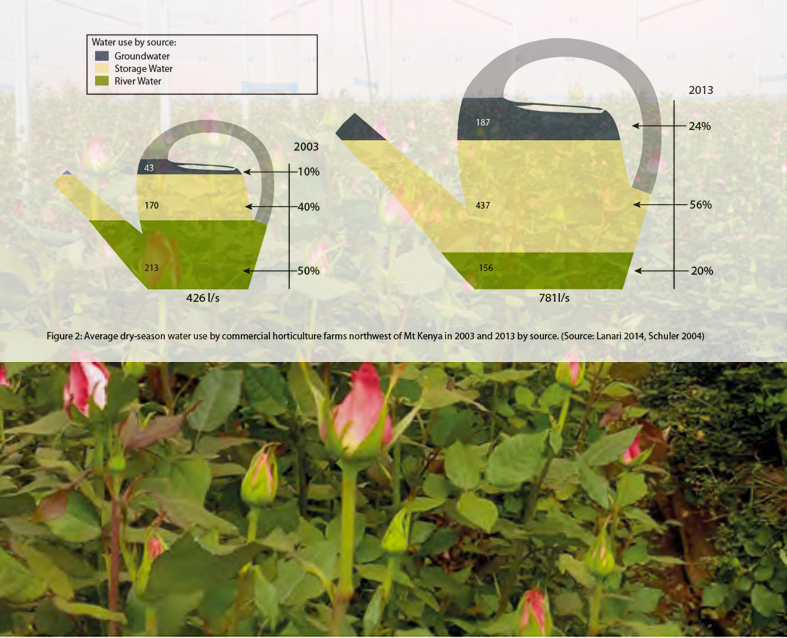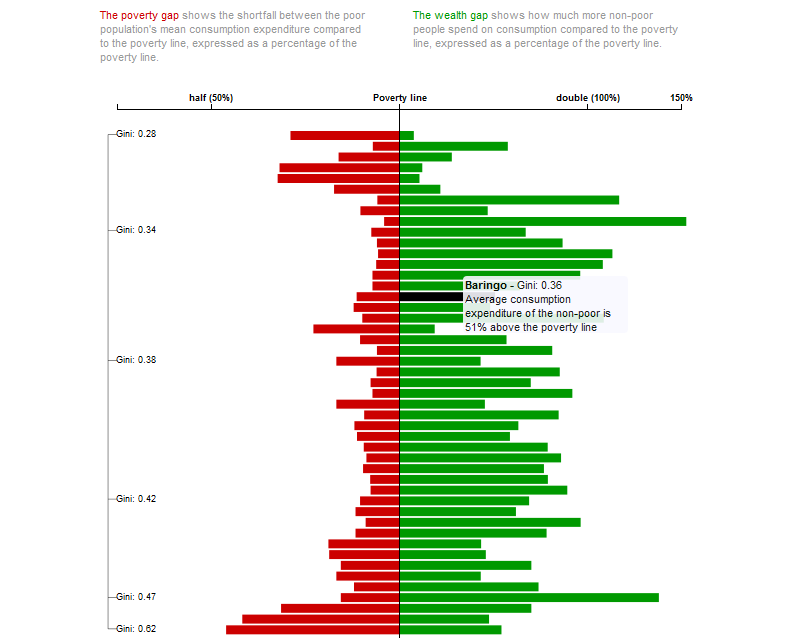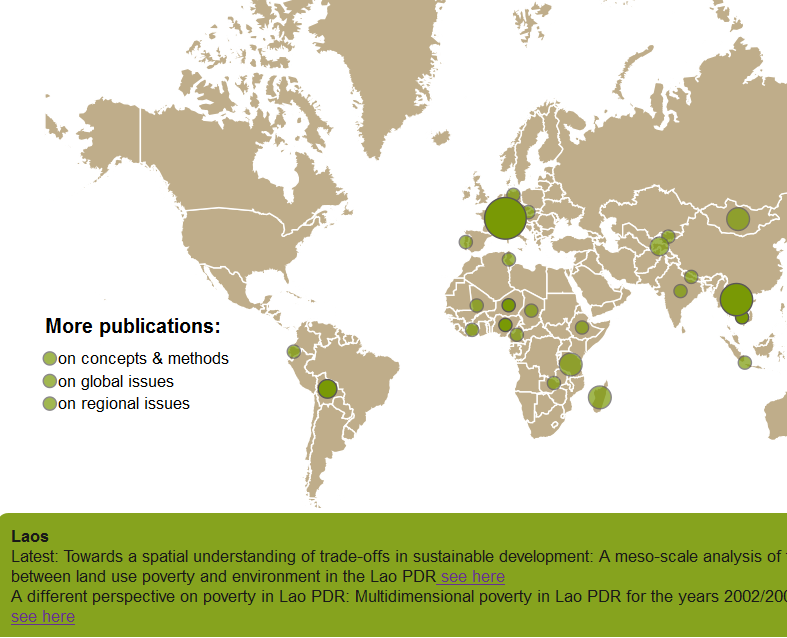Shifting water demands onto the vulnerable?
Our water footprints have gone global. The drivers include modern agribusiness and the unprecedented reach of value chains. Those living where rain falls or rivers flow may give little thought to the water demands of their lifestyles. Others do not have that privilege. Worldwide, people’s water uses contribute to an increasingly complex web of “virtual” water flows implied in agricultural production, trade, and investment. This datablog entry introduces some of the water issues of global market-driven agricultural investment in developing countries.
